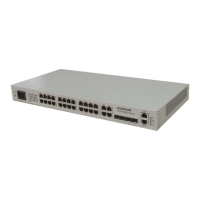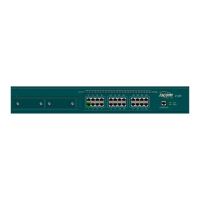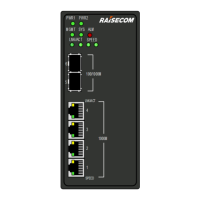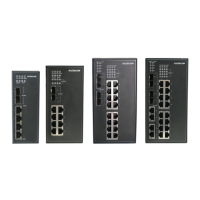Raisecom
ISCOM2600G-HI (A) Series Configuration Guide
Raisecom Proprietary and Confidential
Copyright © Raisecom Technology Co., Ltd.
If automatic device restart upon ISF merge is enabled, the system will automatically
restart devices during ISF merge.
Enable automatic device restart upon ISF merge for the ISCOM2600G-HI series switch as
below.
Enter global configuration mode.
Raisecom(config)#isf
auto-merge enable
Enable automatic device restart upon ISF merge.
All member devices in the loser ISF are restarted and join the winner ISF to merge
into one ISF if automatic device restart upon ISF merge is enabled under the
following conditions that trigger ISF merge:
The ISF link fault is cleared.
Multiple physical interfaces and ISF interfaces are bound in startup configuration
files of multiple ISFs, and then establishing the ISF physical connection makes the
ISF interface Up.
To keep automatic device restart upon ISF merge in normal operation, enable this
function on all ISFs to be merged.
By default, automatic device restart upon ISF merge is enabled.
3.6.9 Configuring MAD
Multi-Active Detection (MAD) is a detection and process mechanism. When an ISF link is
faulty, the ISF splits into two new ISFs. These two ISFs have the same IP address, which
causes IP address conflict and thus enlarges the fault. In this case, a mechanism is required to
improve system availability and detect whether there are multiple ISFs on the network, and
take actions accordingly to minimize impact of ISF split on services.
The MAD mode supported by the ISF is Bidirectional Forwarding Detection (BFD) MAD.
BFD MAD
Principles of BFD MAD
BFD MAD works based on BFD. To make BFD MAD work properly, enable BFD MAD on
the VLAN interface, and configure the MAD IP address of the VLAN interface. Different
from a common IP address, a MAD IP address is bound with a member device of an ISF.
MAD IP addresses must be configured on all member devices and belong to the same network
segment.
When an ISF works properly, the MAD IP address of the master device takes effect, that of
the slave device does not take effect, and thus the BFD session is Down (use the show bfd
state command to show the status of a BFD session. If the session status is Up, the session is
Up. If the session status is Down, the session is Down).
When the ISF splits into multiple ISFs, MAD IP addresses of master devices in different ISFs
take effect, BFD sessions become Up, and then multi-active conflict is detected.
Networking requirements for BFD MAD

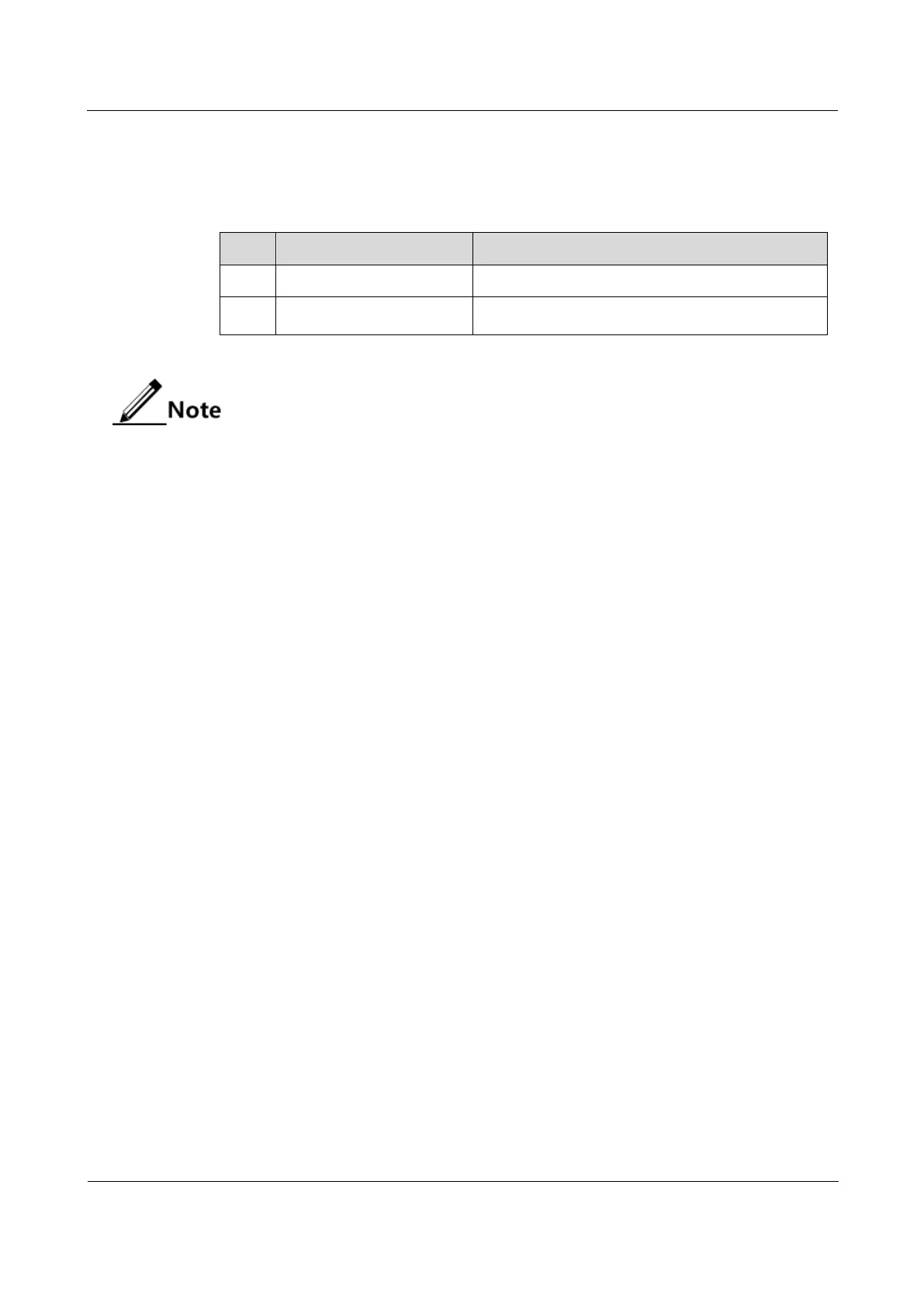